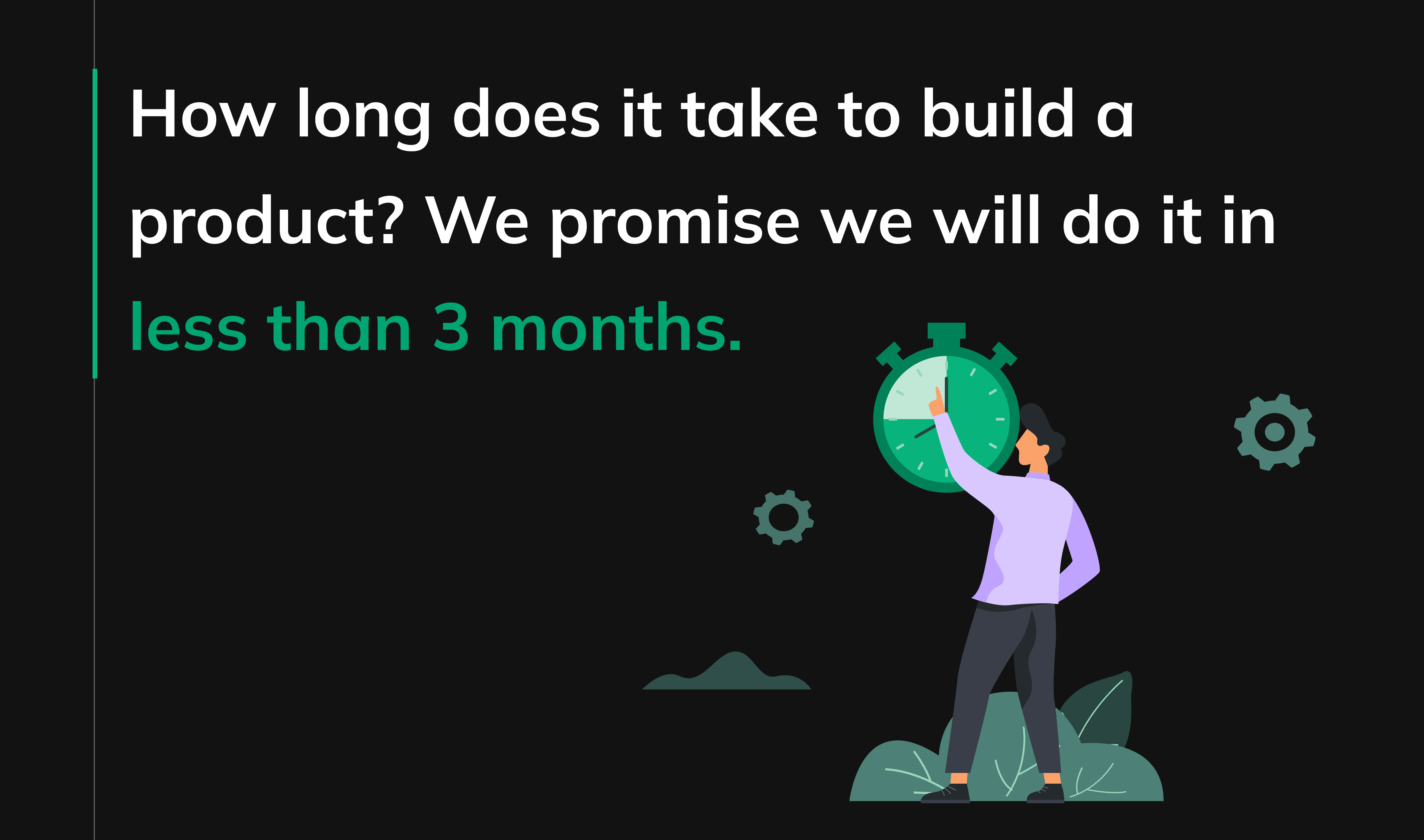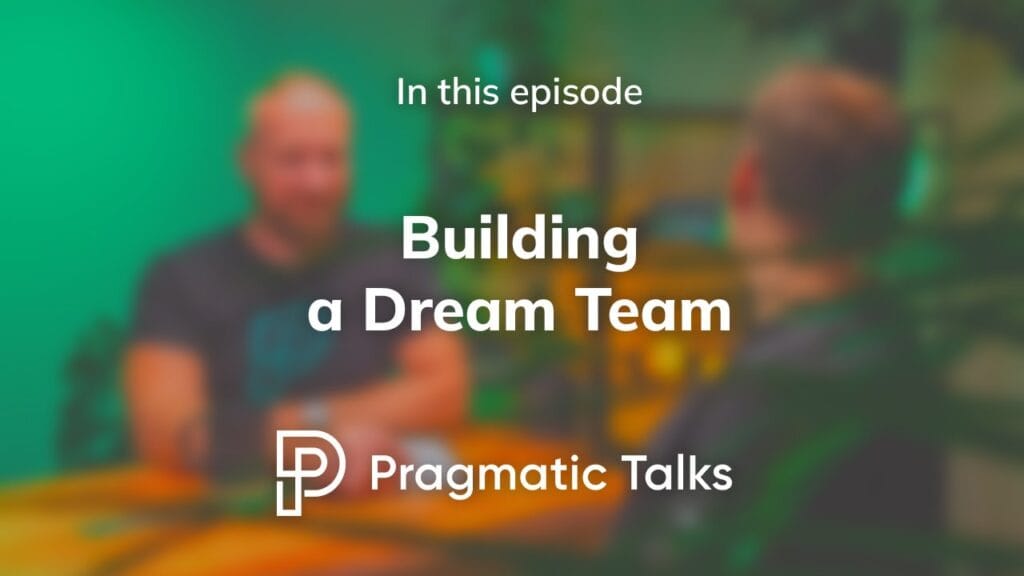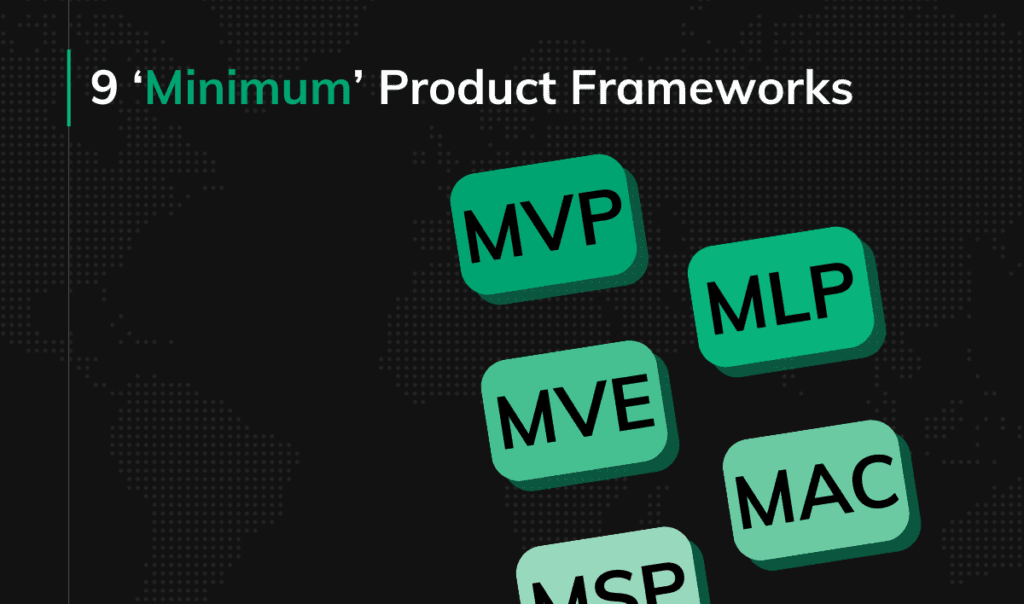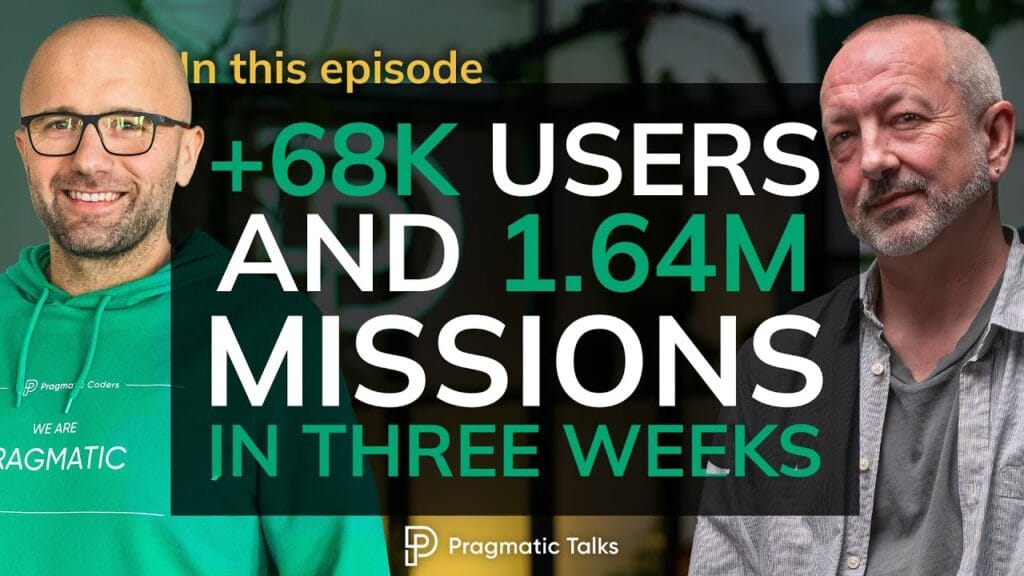How long does it take to build a product? We promise we will do it in less than 3 months.

So you have a brilliant idea for a new software product. You know exactly what you want. You just do not know how to do it. It is fairly easy as there are many custom software development companies on the market. You just pick up one of them, tell them what to do and ask for their pricing estimate. I bet, that in 99% of cases they tell you, it will take 6, 12 months or longer to implement the full scope of your project.
When the project ends, you release your product and find out your idea is not as brilliant as you expected. With the software in your hand, with all the budget you have spent, you just feel disappointed.
How it might go, if we changed a perspective
To be honest with you, we used to do it exactly like this in the past. When the time passed we realized we can do much more than just write code. We have changed our approach from software development to product development. We stopped estimating products in order to switch to a more meaningful discussion – what we can do so we can ship it to prod early and still bring the value. It sounds like a little modification but in fact, it has great value, as we have come to a simple, but the significant conclusion that
It is all about making valuable products fast rather than writing a code even faster.
Why do we need to change a perspective?
Usually, when we build a product we know what we want to build. We build a product, with all its features but how do we know the product is going to solve customers’ needs? How do we know our customers will use the features we have built?
Without a good background, it is likely we will spend a lot of money on building features that will not be used by customers. And it is not something unreal. You probably use some software on a daily basis. Just ask yourself a question about how many features you usually use. And how many features are actually available in your software.
Standish Group estimates that 50% of the features offered by software products are hardly ever used and another 30% are used infrequently. It means someone had to spend a budget to build this unnecessary software. And the budget means both time and money. Development takes time and it is expensive. On the other hand, more complex software is harder (more expensive) to maintain and develop.
It happens quite often that products are built in isolation from their real users. Designers tend to ignore in what context the product will be used. As a result, the products are hard to use, they are not intuitive or do not even help their users to solve their problems.
It is all about a product that matters
Most of the time, our Product Owners discover products for the customers. They do it in many different ways. Sometimes they interview end-users and talk about how they solve a problem our client wants to address with a product currently. What do they do to get it done? What are their pain points? How would they want to do it differently? We ask those questions and many more to get to the very root of the problem, needs and desires.
Sometimes users do not know they have a problem. As Steve Jobs said, people, do not know what they want until they use it. Sometimes customers know what goal they want to achieve and have no clue what steps should be taken in order to get there. In such situations, we come up with multiple solutions and just simply start doing small experiments one by one by developing a working software until we find a promising solution.
It is all about the product that is usable
Our Product Owners put a lot of effort to engage our customers and their users during the product development process. We prepare prototypes, test our concepts for the product with end-users and gather their feedback very often. Based on feedback we discover how users understand the problem and how they use digital products. This is how we improve designs and make sure it solves users’ problems in a way they would like the problem to be solved.
It is all about the product that brings value to customers
What if we discover the users still want all of the features and in the end, all we need is to build a full software product? Yep, this is a real risk. It often happens that we declare we need a product and when we have it in front of us, we lose interest. Probably there are multiple reasons why it happens. Still, many of them may have a great impact on the success of your business.
To mitigate the risk described above we release frequently. We start with a small functionality and evolve it into a larger product. We work in short iterations where we discover a product, design it, code it and validate it with end-users in real life. Frequent releases are crucial for frequent product testing with end-users. We release often because the product increments we build in each iteration are small.
Slicing the software into very small pieces addressing the original problem allows us to identify the core of the solution and cut corners that bring not much value to the users. Our teams are able to code and release small increments quickly.
Each time we release the product and watch how end-users interact with it we learn something new about the business and real customers’ needs. We use this knowledge in the following iteration. Then the next iteration comes, and again, and again…
Based on the knowledge gathered during frequent interactions with real users we can prove the product we are building has a good business reason to exist. If the users respond positively it is a good sign to develop this particular solution even further. Reality is tough, statistics show nine out of ten startups fail. All business ideas are exposed to that risk, you cannot help it. All you can do is to learn fast what does not work for end-users and modify your product idea. It is fairly easy and cost-effective while working in short iterations.
Our promise
I’m glad you have come to this point. All of the above is quite clear for people working in agile environments. We aspire to be exceptional and we promise you:
– your product will go live in less than 3 months
– your production-ready product will cost you a fraction of your budget
– you will be able to prove your business idea quickly
That’s it.
Is it something you have been looking for? Just contact us. We will explain to you in detail how we work and show you examples of projects we have already done. If you decide to give us a chance we will work arm in arm with you to nail down your product idea. Remember, our ambition is to become your partner, not a vendor.
You can also read more about our approach in our Scrum case study. Also check our article on how to start a challenger bank?







